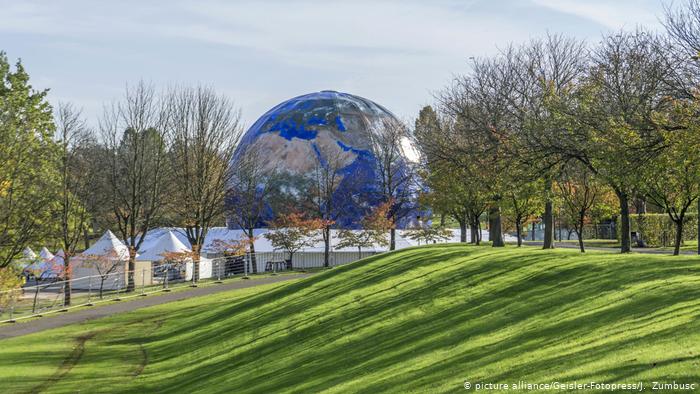The environmental paradiplomacy at COP23
- Walker Massa

- May 7, 2021
- 2 min read
An emerging theme in international relations is the tendency of cities, regional or entities not linked to the central government, to assume greater autonomy and independence in international contacts in order to defend their interests in the global environment. As part of this process, these subnational governments incorporate instruments and strategies that until then were exclusive to central governments.
This internationalization of subnational governments is an important tool to achieve their own development goals.
This set of international relations actions that local and regional governments establish is included in the concept of paradiplomacy. The political strategy for the use of paradiplomacy allowed North American states and cities to participate in the 23rd Conference of the parties to the United Nations Framework Convention on Climate Change, known as the Climate Summit or COP23 held in November this year in Bonn, Germany. The event established the bases for application of the Paris Agreement, adopted in 2015 and which aims to reduce emissions of greenhouse gases so that the temperature of the planet does not exceed 2ºC or approach 1.5ºC in relation to to pre-industrial era levels.
The Bonn meeting was attended by 16,028 participants; 9202 from 194 countries and the European Union, 5543 from non-governmental organizations and observers and 1283 media representatives, according to official figures from the summit. Particular emphasis should be placed on the unofficial participation of a delegation from the United States.
In fact, in a participation that can be classified as environmental paradiplomacy, local American governments were present as a form of resistance to the measures adopted by Donald Trump in relation to climate change. During the meeting, more than 2500 regional and local governments, companies and civil organizations rejected the environmental policy of the central American government and participated in COP23 with a clear message: we are still in.
Mayors, governors and business and civil society leaders highlighted their actions to reduce global warming and sympathized with the various nations present. The North American group that participated as a delegation at the World Conference maintains an official “we are still in” page listing their initiatives that are in line with the decisions taken under the Paris agreement. This was the first clear and blunt position in defiance of President Trump since he announced the withdrawal of the United States from the Agreement.
Among the US unofficial participants were representatives from the states of California, Virginia, Oregon, Washington, Maryland, Hawaii, New York, North Carolina, Rhode Island, as well as 150 counties and cities such as New York and Los Angeles. These states and cities have adopted several projects to reduce the emission of greenhouse gases.
This year, the role of cities at COP23 assumed greater proportions and was better organized than in previous events. The reason was the articulation developed by the Global Compact of Mayors for Climate and Energy. This global alliance is an agreement that allows for greater collaboration between cities worldwide, with an exchange of information and access to finance to support and empower public administrations in local action for climate and renewable energy.
*Reinaldo Dias, professor at Mackenzie Presbyterian University, Campinas campus. Sociologist, PhD in Social Sciences, Master in Political Science from Unicamp. He specializes in Environmental Sciences.






Comments